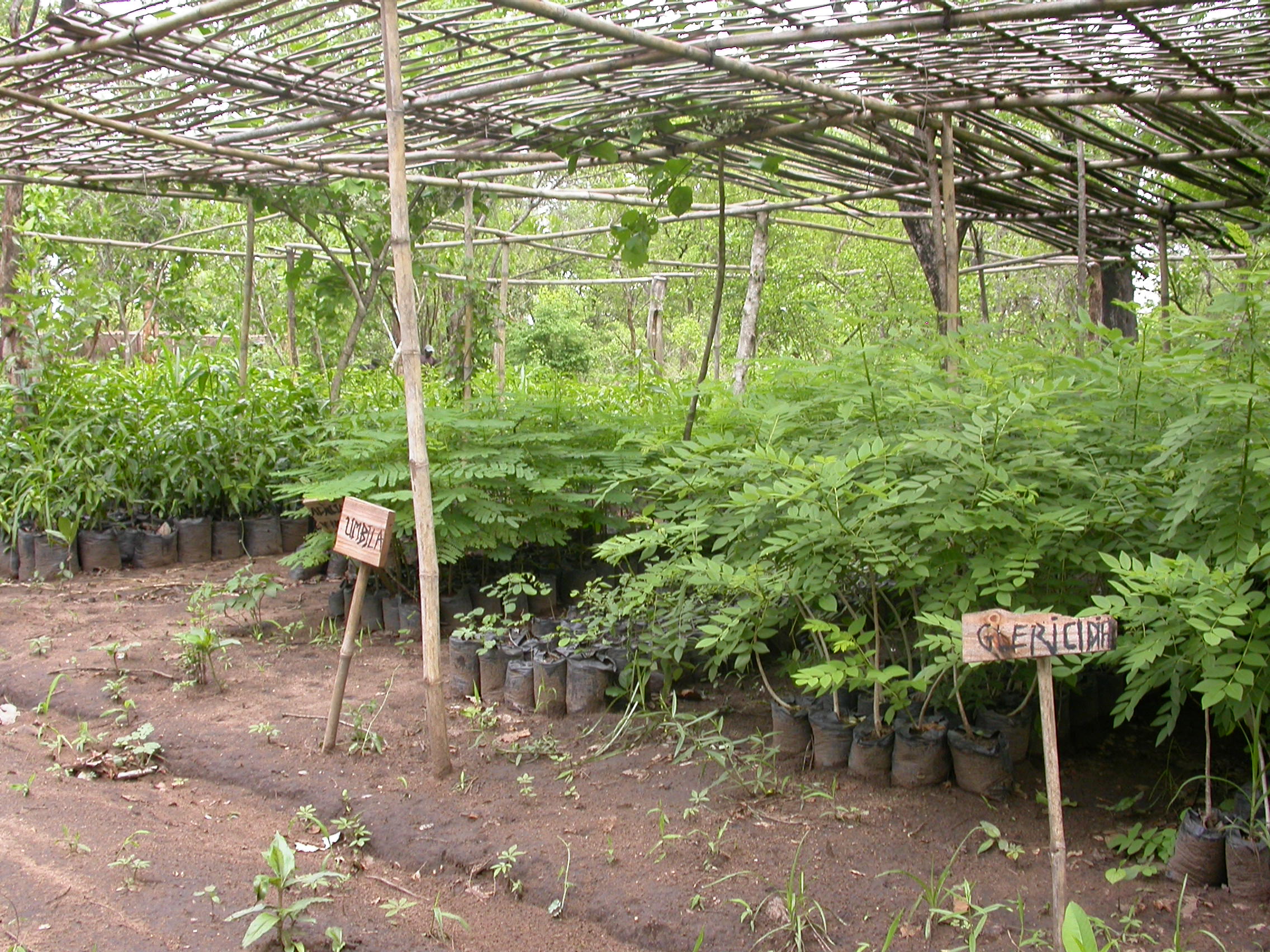Social as much as environmental: the drivers of tree biomass in smallholder forest landscape restoration programmes

New paper just out:
Wells G, Fisher J, Jindal R, Ryan C. 2020. Social as much as environmental: the drivers of tree biomass in smallholder forest landscape restoration programmes. Environmental Research Letters. Open access at: https://iopscience.iop.org/article/10.1088/1748-9326/ab96d1
A major challenge for forest landscape restoration initiatives is the lack of quantitative evidence on how social factors drive environmental outcomes. Here we conduct a transdisciplinary quantitative analysis of the environmental and social drivers of tree biomass accumulation across 639 smallholder farms restoring native tree species in Mexico, Uganda and Mozambique. We use environmental and social data to assess the relative effects of key hypothesised drivers on aboveground biomass accumulation at the farm-level over ten years. We supplement this with a qualitative analysis of perspectives from local farmers and agroforestry technicians on the potential causal mechanisms of the observed social effects.
We find that the material wellbeing of farmers (e.g. assets) and access to agroforestry knowledge explain as much variation in biomass as water availability. Local perspectives suggest that this is caused by the higher adaptive capacity of some farmers and their associated ability to respond to social-ecological shocks and stresses. Additionally, the variation in biomass between farms increased over time. Local perspectives suggested that this was caused by emergent exogenous and stochastic influences which cannot be reliably predicted in technical analyses and guidance. To deal with this persistent uncertainty, local perspectives emphasised the need for flexible and adaptive processes at the farm- and village-levels. The consistency of these findings across three countries suggests these findings are relevant to similar forest restoration interventions.
Our findings provide novel quantitative evidence of a social-ecological pathway where the adaptive capacity of local land users can improve ecological processes. Our findings emphasize the need for forest restoration programmes to prioritise investment in the capabilities of local land users, and to ensure that rules support, rather than hinder, adaptive management.



